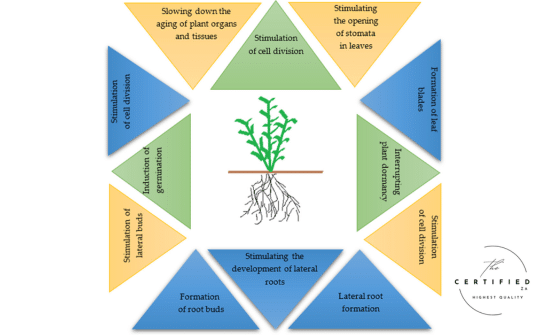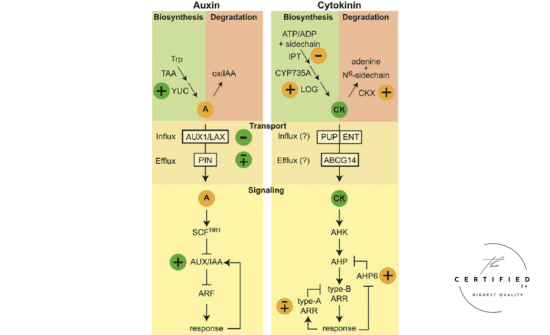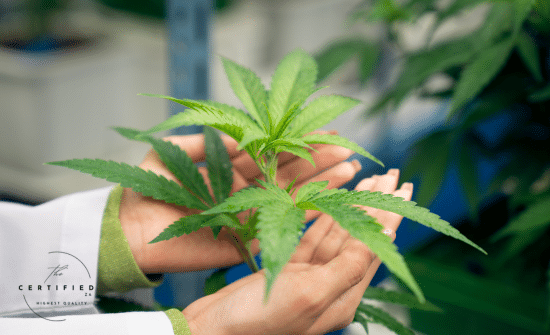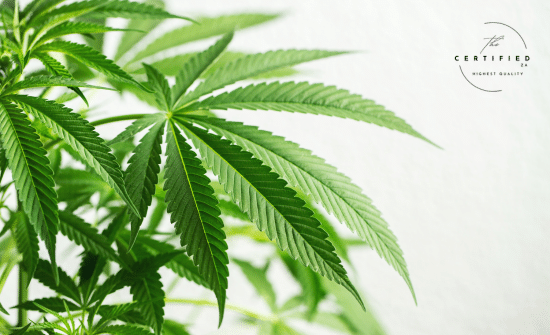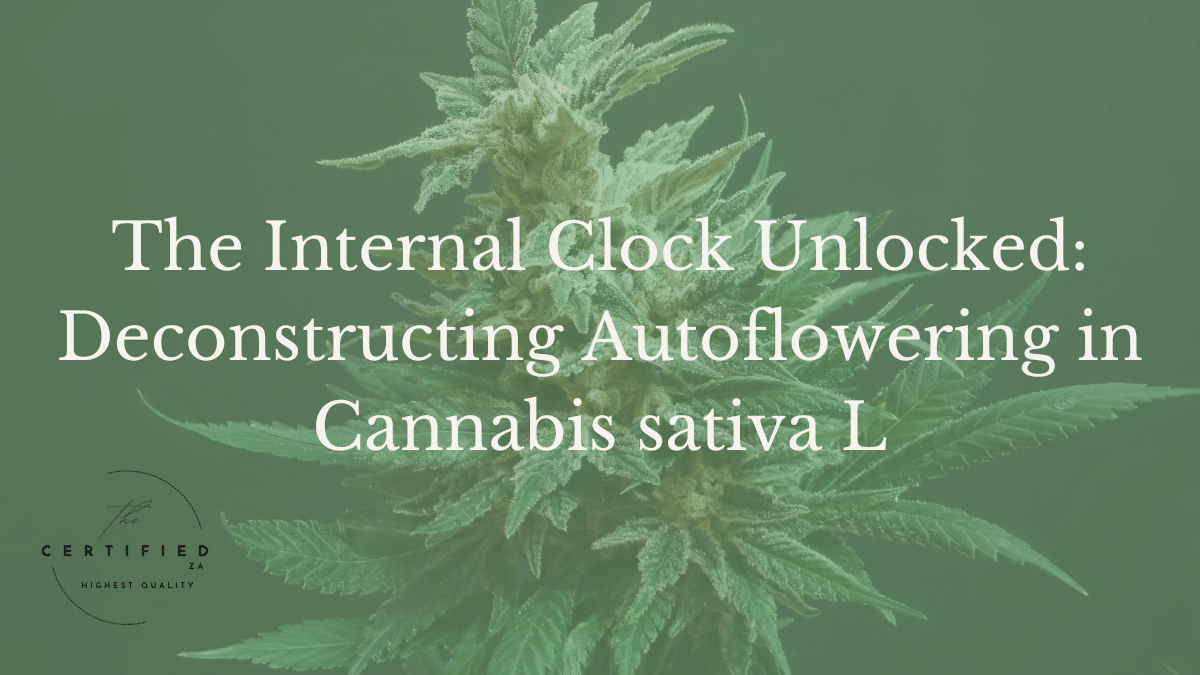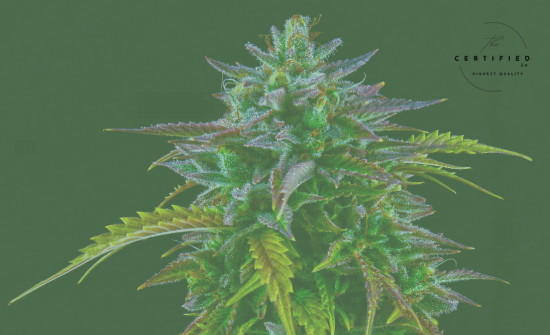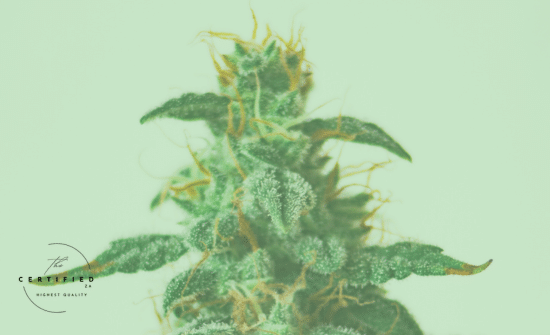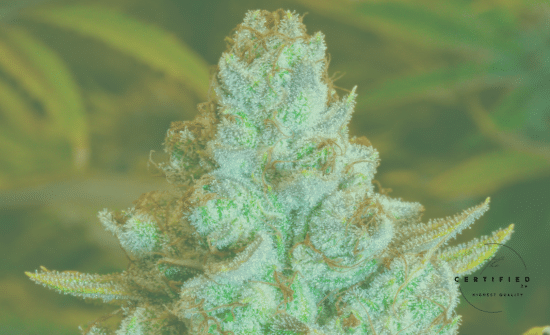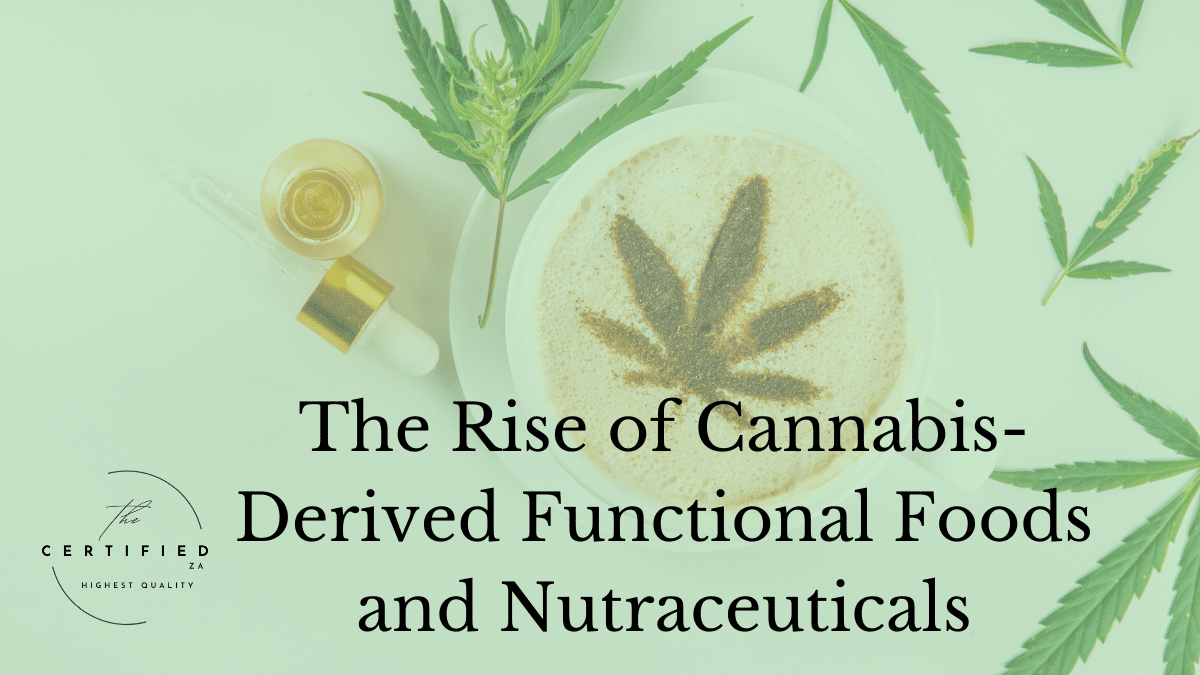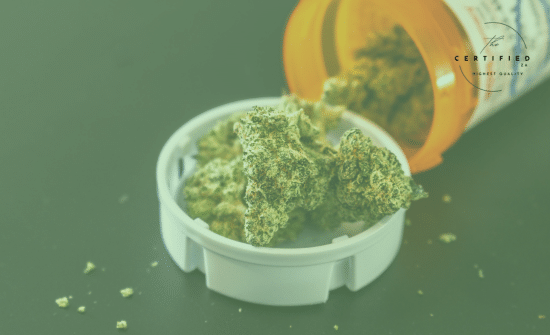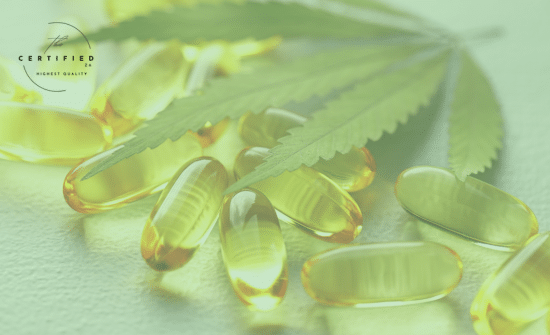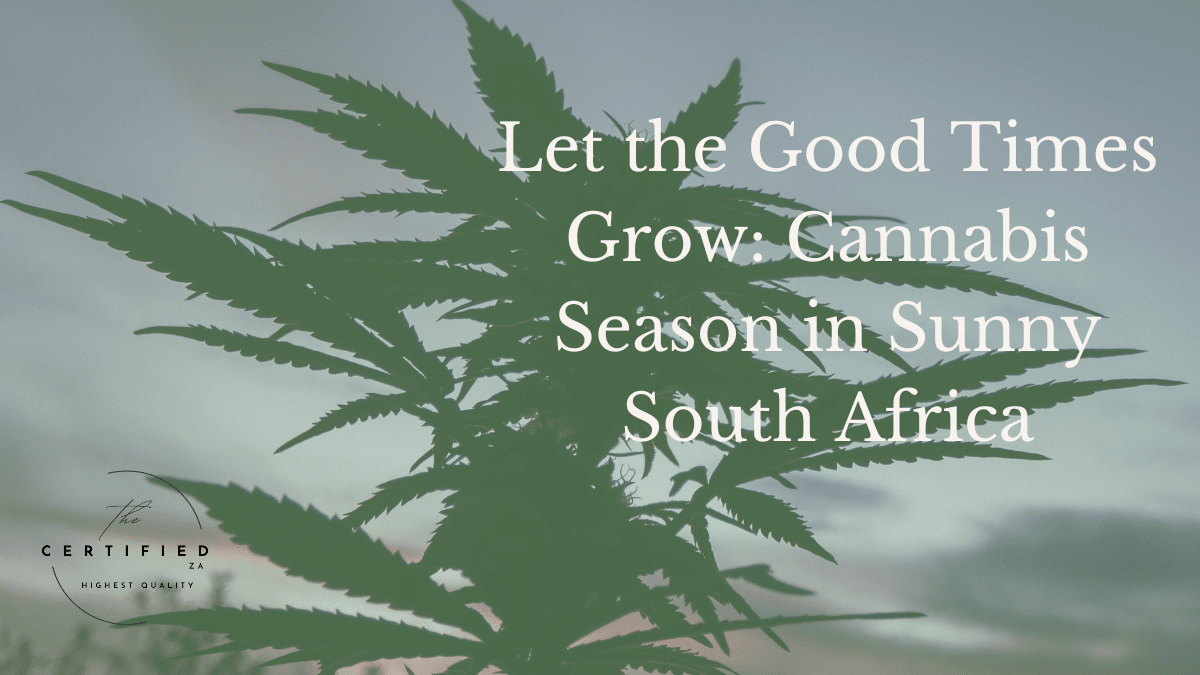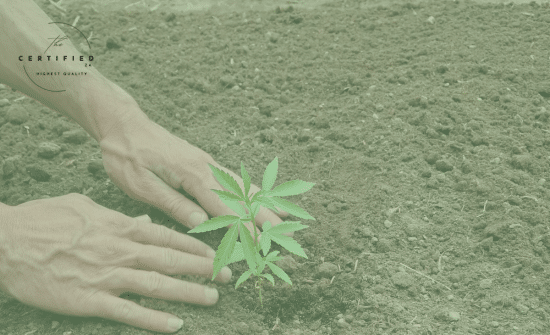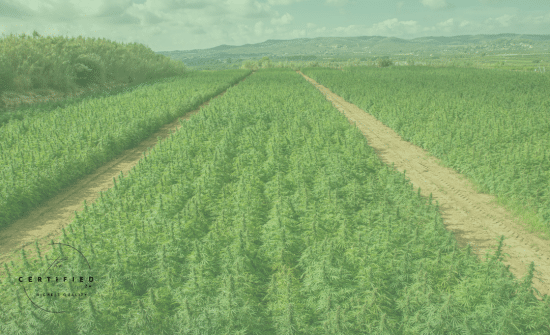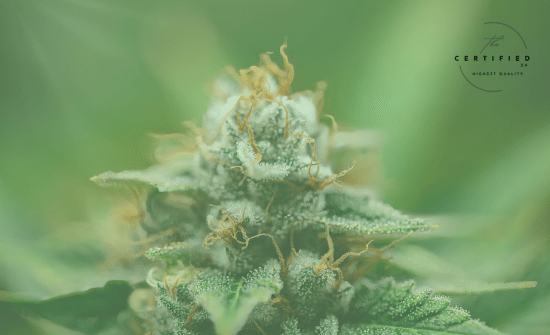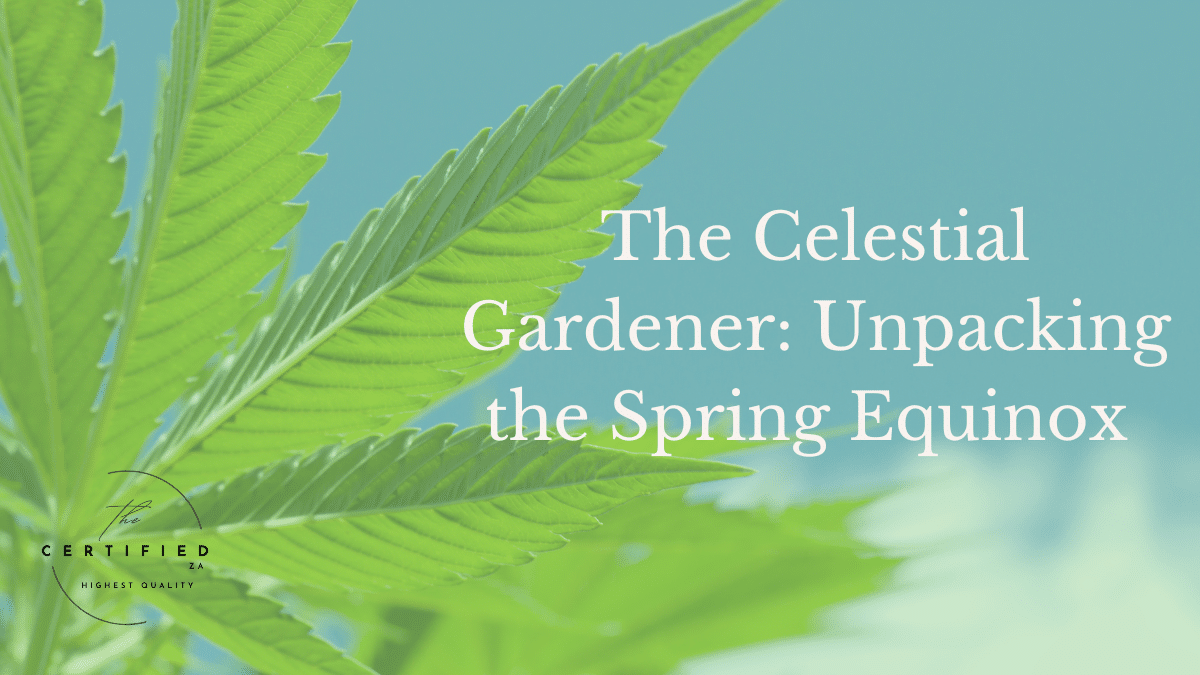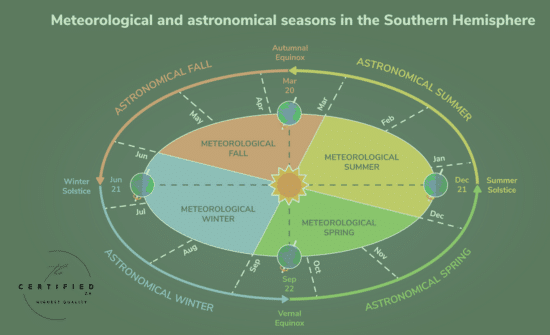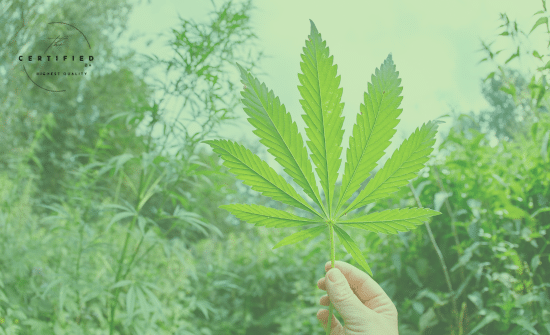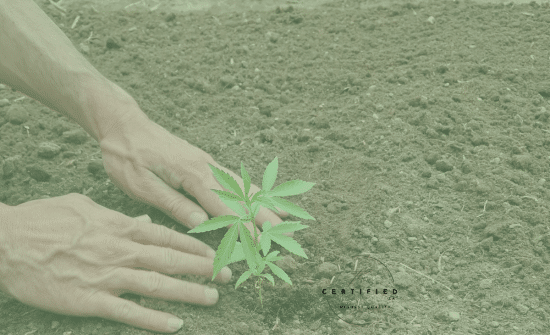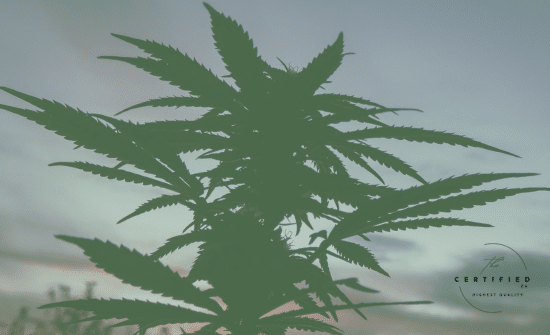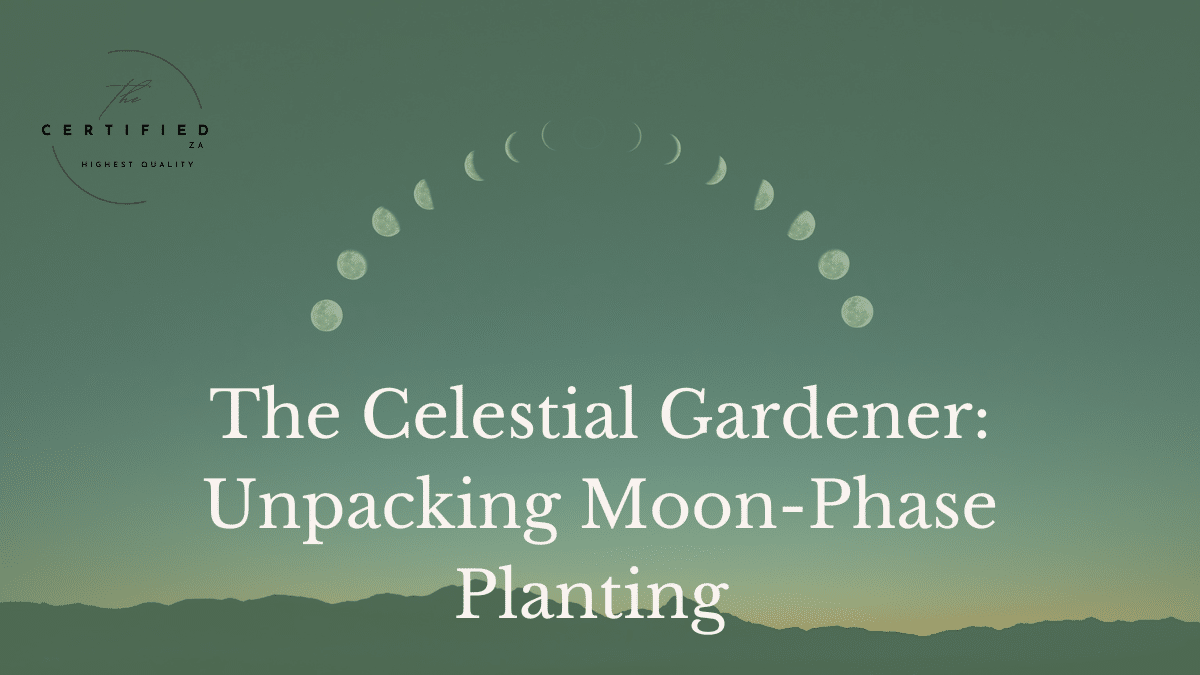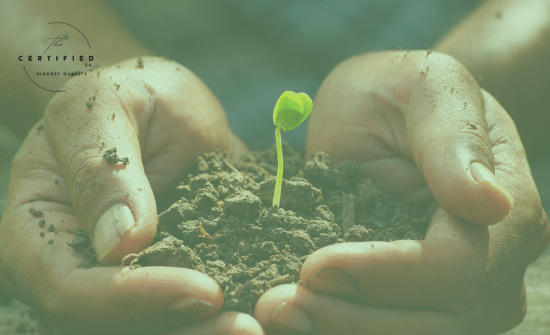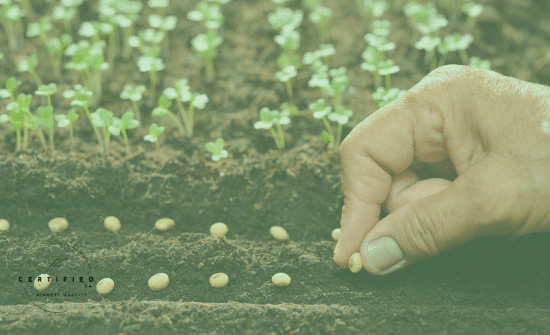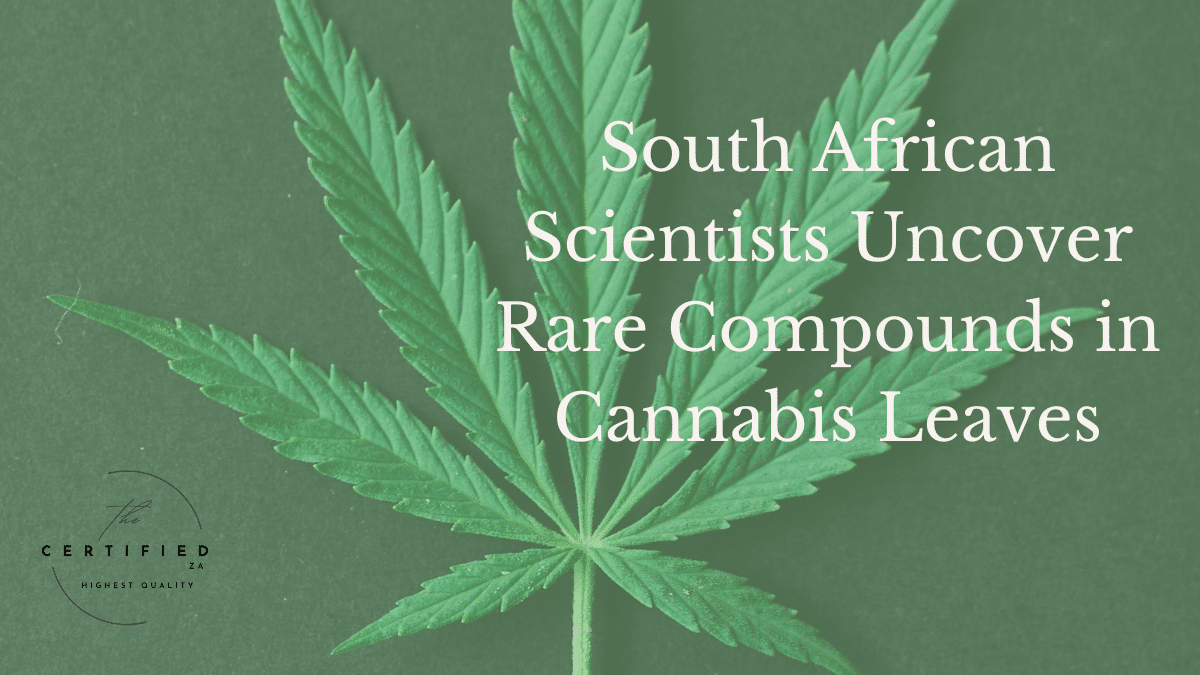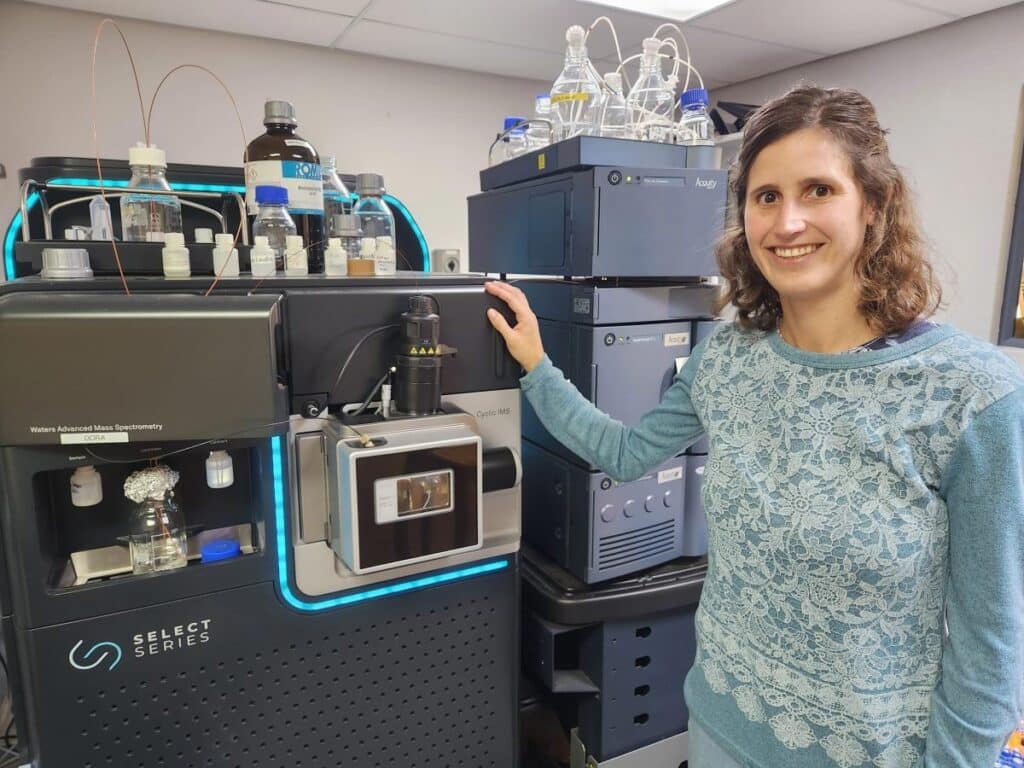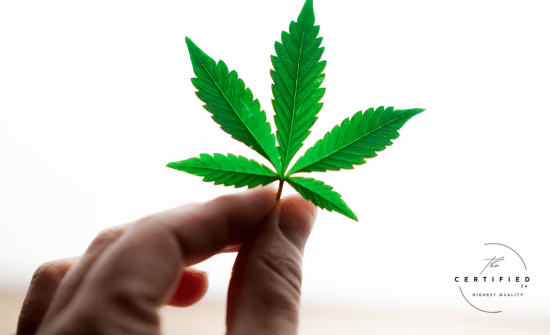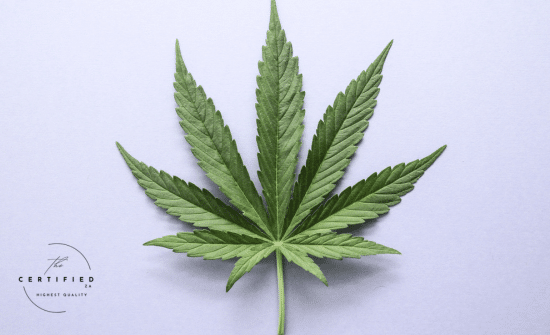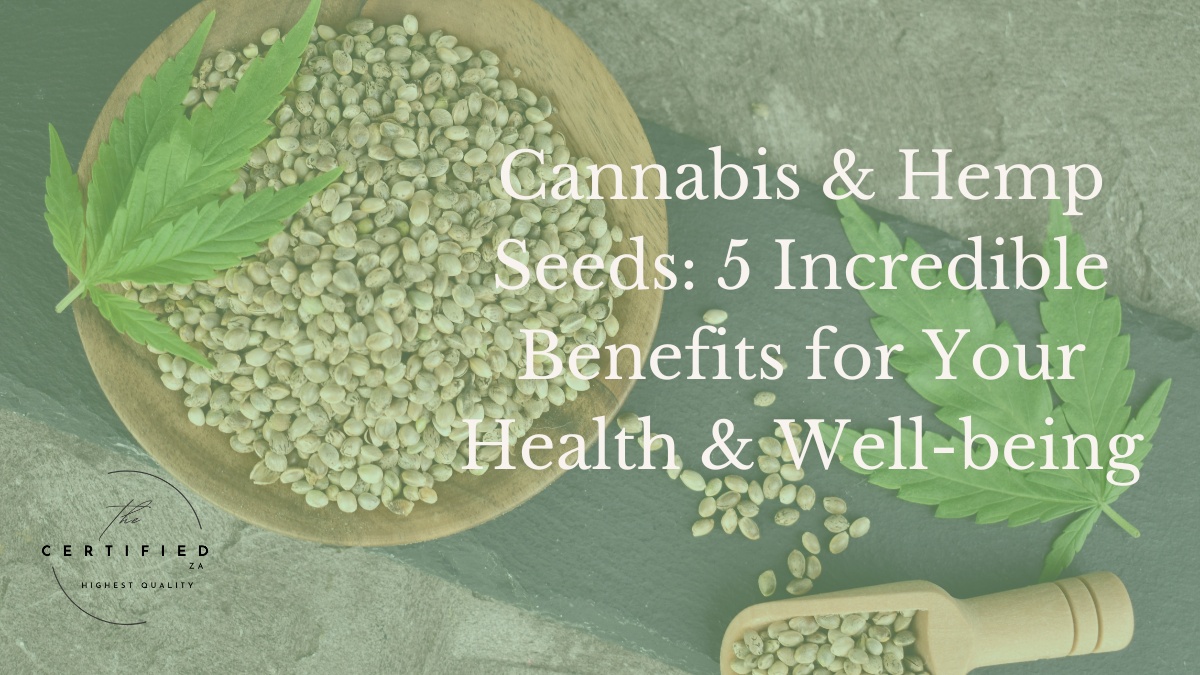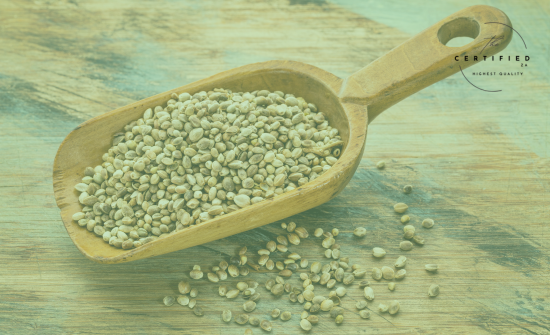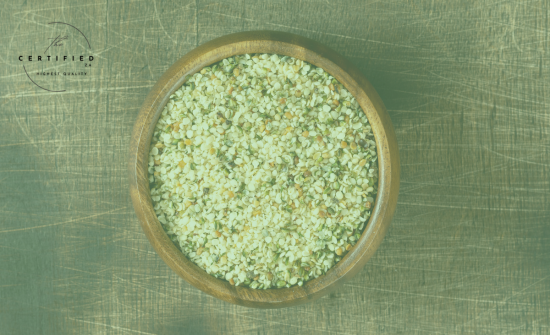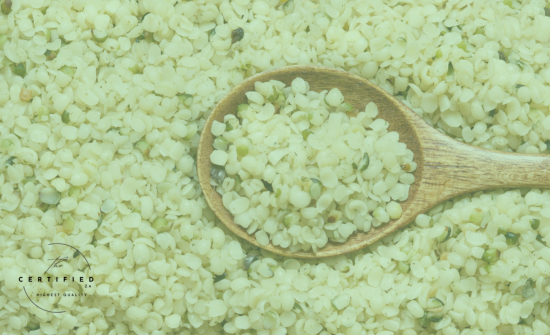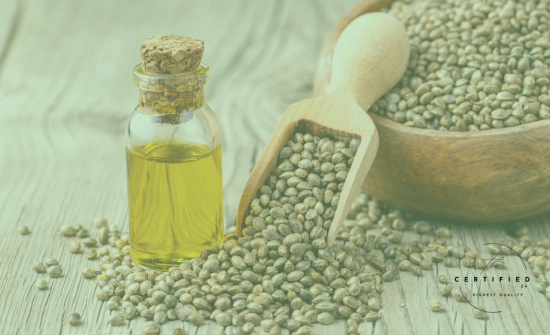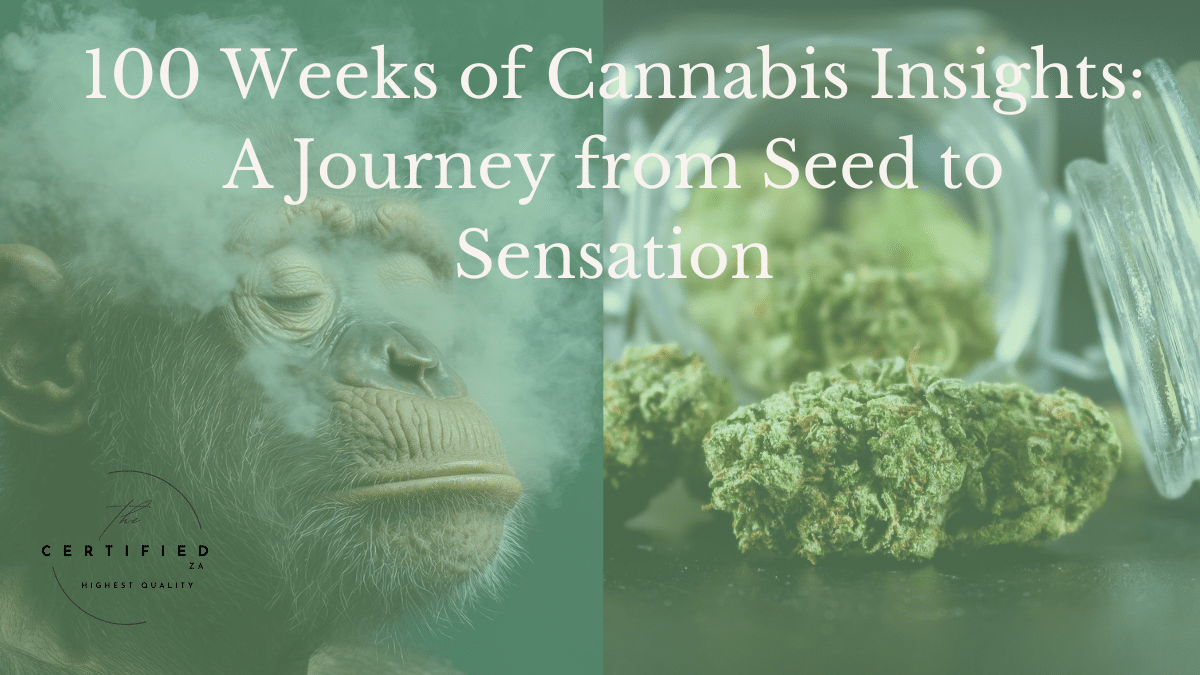
No Audio available
As the aroma of growth and discovery continues to permeate our community, we find ourselves at a remarkable milestone: 100 weeks of delving into the intricate world of Cannabis sativa L. What began as a quest to demystify cultivation and celebrate the “people’s plant” has blossomed into a rich tapestry of knowledge, shared experiences, and candid conversations. From the microscopic wonders of the soil food web to the macroeconomics of the cannabis market, we’ve covered every facet, always striving to empower you, our cherished readers, with insights that transform curiosity into confidence.
This anniversary isn’t just about the quantity of posts; it’s about the quality of connections forged and the collective wisdom cultivated. So, grab your favourite strain, settle in, and let’s recap the incredible journey we’ve embarked on together, celebrating the past, appreciating the present, and anticipating the vibrant future of cannabis.
The Plant: A Universe in a Seed
Our journey began with the very essence of the plant itself. We explored why Cannabis sativa L. is often hailed as the “plant of a thousand molecules“, understanding its foundational role in everything from medicine to industry. How it connects with us as people, and how, for thousands of years, cannabis has been a companion to human medicine and recreation. We clarified the distinctions between hemp and cannabis, acknowledging their shared botanical lineage yet separate legal classifications, and pondered if these divides truly serve their full potential. An opinion I am still to be convinced otherwise of. We can hold this for a future debate.
The microscopic powerhouses—trichomes—were revealed as the primary sites for cannabinoid and terpene production, influencing everything from potency to aroma. We demystified cannabinoids like THC and CBD, but also shone a spotlight on lesser-known compounds like CBG, often called the “stem cell of all cannabinoids”, and anandamide, our body’s own “bliss molecule”. A groundbreaking discovery right here in South Africa unveiled flavoalkaloids in cannabis leaves, opening new frontiers for therapeutic potential. And who could forget terpenes, the aromatic architects that shape our experiences, proving that sometimes, “Do you speak terpenes?” is a more insightful question than “Indica or Sativa?“. It would be great to know how many of you have started your Terpeneese journey…
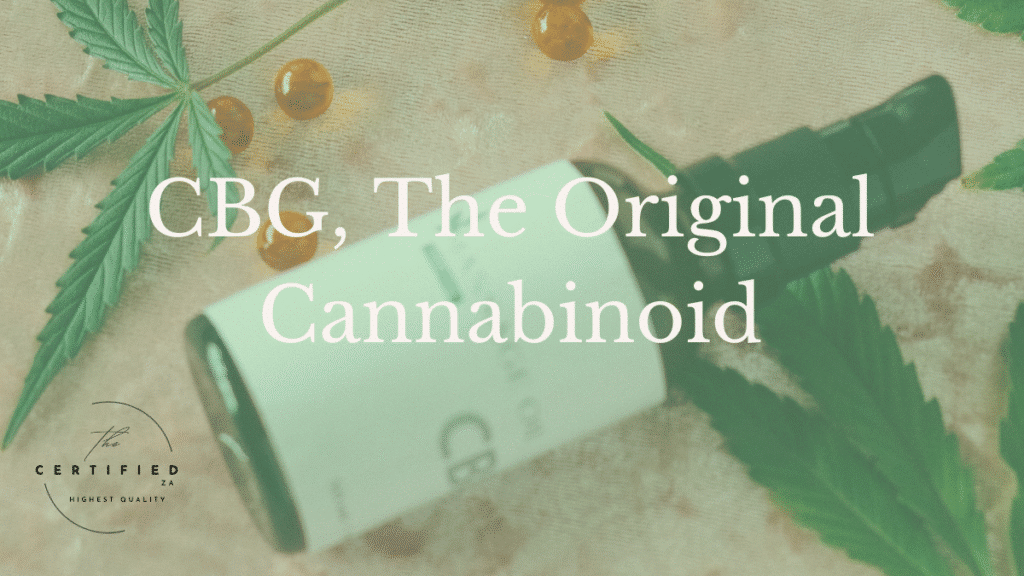
Cultivation: Nurturing Life from the Ground Up
The heart of our exploration has always been the grow. We started with the very foundation of outdoor growing: understanding soil. Our bias towards growing environments is clearly stated. Outdoor cannabis is the easiest for newer growers to start with, hence this will always be my focus. To encourage new people into the grow space, to get their fingers green. The journey continued, we embraced the concept of the soil food web, inspired by Dr. Elaine Ingham, advocating for living soil teeming with bacteria, fungi, protozoa, and nematodes. Composting became an indispensable tool, transforming waste into vital nutrients through methods like hot composting, Hugelkultur, and Bokashi. We even learned to harness Lactic Acid Bacteria (LAB) and Fermented Plant & Fruit Juices (FPJ/FFJ) as organic grower’s power tools, showing how nature offers abundance. By far one of our favourites.
Our “how-to” guides covered every stage:
- Propagation from seed or clone, understanding genetic consistency versus diversity, and the vital, often misunderstood, role of male cannabis plants in breeding.
- Transplanting, emphasizing that “the size of the roots equals the size of the fruits”.
- Plant training techniques like LST, HST, SOG, and ScrOG to maximise yields in any space.
- Nutrient management, from balancing NPK to the crucial role of micronutrients, and the debate between organic and synthetic inputs. We even delved into a new study on optimal NPK for vegetative hydroponics and the efficiency of CO₂ enrichment.
- Environmental control was revealed as the “silent regulator,” vital for optimal growth whether indoors, outdoors, or in a greenhouse. And for those embracing the cold, we tackled winter growing strategies.
Post-Harvest: The Art of Perfection
Harvesting marks a new beginning, not an end. We explored harvest timing and cannabinoid maturity, guiding growers to that perfect window for maximum potency and desired effects. Then came the crucial steps of drying and curing, the “art of post-harvest perfection” that defines flavour, aroma, and smoothness. We debated flushing—is it science or “bro-science”? —and introduced bud washing as an “overlooked step for cleaner, smoother cannabis”. And for those seeking vibrant aesthetics, we unveiled the science and art of purple cannabis, linking anthocyanins to environmental triggers. Naturally, we covered sections on different harvest techniques, etc. So check them out and be better prepared this season.
Consumption & Experience: Personal Journeys
Our conversations extended beyond cultivation to the very act of consumption. We navigated the personal landscape of Indica and Sativa effects, understanding that individual physiology and terpene profiles are often more influential than traditional labels. We delved into the science of the munchies, explaining how cannabinoids interact with hunger hormones and reward pathways. For those exploring alternatives, we discussed the “space expedition” of edibles, highlighting the differences between inhalation and ingestion. We demystified the world of cannabis concentrates, from solventless rosin and bubble hash to the potent THC-a diamonds, asking if they are a “delicacy or drug”. As always, I will not shy away from the reality of perspective towards our community and the plant. Sometimes it is important to take a step back and look at ourselves and ask if the problem lies with us. Crucially, we encouraged a candid conversation: “Is your cannabis consumption healthy?” separating fact from fiction about “greenies” and “fatal overdoses”.

Industry & Community: Collective Growth
Beyond the plant and its effects, we explored the evolving landscape of the cannabis industry and community. We celebrated events like 420: A Stoner’s Christmas and the Global Cannabis March, a testament to the ongoing fight for freedom and sensible regulation. We reflected on South Africa’s new hemp legislation, dissecting its implications for both industries. Even though the law was kicked out a few weeks later. This just highlighted the fragile situation the industry is in. We also tackled the nuances of market dynamics, questioning “Who decides what is AAA cannabis?” and addressing why cannabis pricing can be “so high” and why weed budgets are “getting out of hand“. We celebrated the unique bond where “Cannabis Users LOVE their Dealer,” highlighting trust and community, and even mused that “We are all Rasta Now” in our shared embrace of the plant. The longevity of “brick weed” and the emergence of Green Door cannabis sparked lively debates on quality versus labels. We also touched on the dangers of backyard extraction methods and the incredible potential of cannabis tissue culture as a game-changer. There is still so much more to discuss and write about.
Challenges, Sustainability & The Road Ahead
Our journey wasn’t without its challenges. We highlighted the constant battle against pests and diseases, offering solutions for Integrated Pest Management (IPM). We championed sustainable cannabis cultivation, exploring regenerative farming, water conservation, and energy efficiency. We saw how mycorrhizal fungi form symbiotic relationships, acting as nature’s built-in system for plant health. We also learned about Korean Natural Farming (KNF), a methodology that respects nature’s abundance and interdependence.

As we look back at these 100 weeks, it’s clear that the world of cannabis is as dynamic as it is diverse. Every blog post has been an opportunity to learn, share, and grow together. We are immensely grateful for your engagement, your questions, and your shared passion. The journey continues, with new discoveries, evolving regulations, and ever-advancing cultivation techniques on the horizon. Here’s to many more weeks of unlocking the full, incredible potential of Cannabis sativa L., fostering healthier plants, stronger communities, and a deeper connection to nature.
The Certified ZA is a dream that has become a reality. A light at the end of the tunnel, now it’s a beacon of light to many. We will continue this for the community’s sake.


